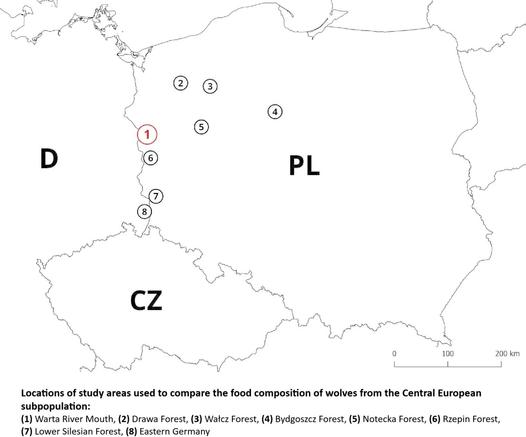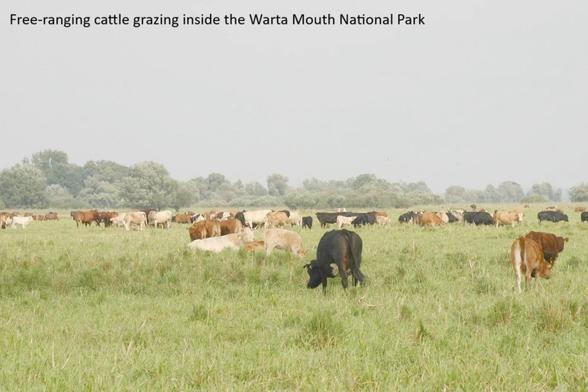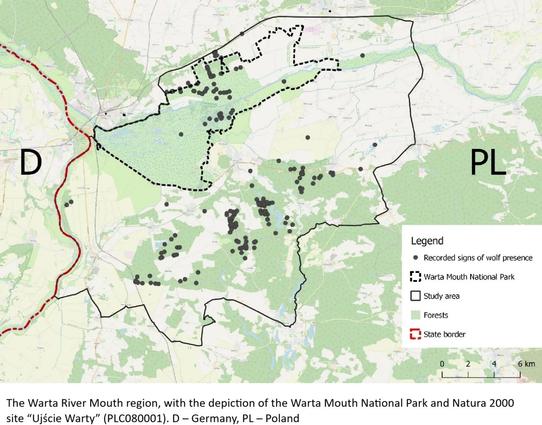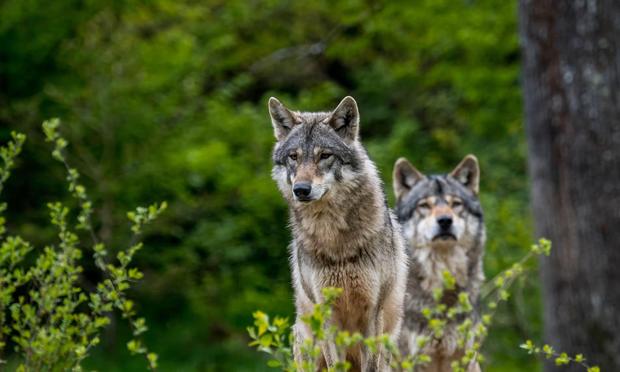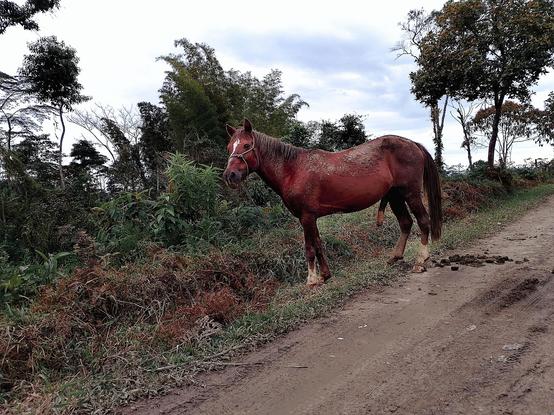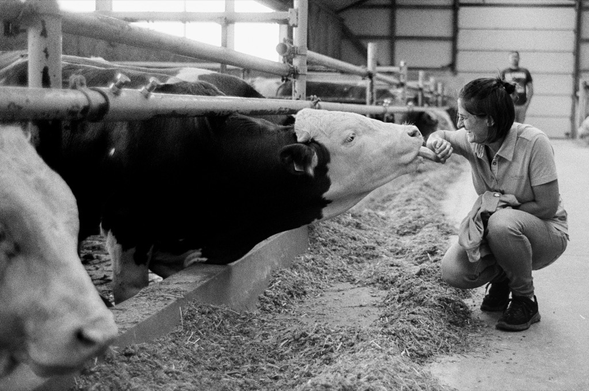--
https://doi.org/10.1007/s10344-025-01926-3 <-- shared paper
--
[not my usual fare (word play very much intended), but a fascinating and data-driven study; the study is not definitive, of course, but it adds to the scientific knowledge base, including with the socio-economic considerations…]
#wolf #predator #apexpredators #livestock #predation #depredation #death #cow #horse #greywolf #casestudy #Poland #cattle #horses #ecosystems #socioeconomic #forests #humanimpacts #conflicts #WartaRiver #genetic #fingerprinting #tracking #GIS #spatial #spatialanalysis #spatiotemporal #cameratraps #scat #fecal #feces #wildanimals #ungulates #deer #mammals #rabbits #domesticanimals #foodsource #cost #economics #dogs #population #impacts #conflict #landscape #wildprey #prey #trophiccascade #herds #vegetation
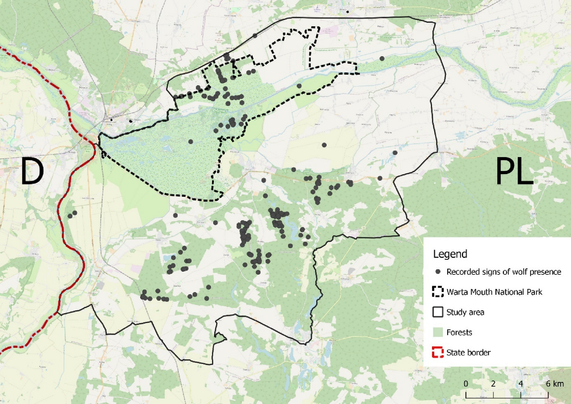
Low contribution of livestock in the grey wolf diet in the area with high availability of free-ranging cattle and horses - European Journal of Wildlife Research
The recovery of the wolf (Canis lupus) population in Europe is progressing, and predators settle in vast forests as well as in areas intensively used for agriculture, where interactions between wolves and livestock are frequent, often leading to conflicts with local communities. In 2020–2022, we studied the wolf diet composition in the Warta River Mouth (WRM hereinafter) region (western Poland), where herds of cattle (ca. 4,000) and horses (ca. 700) are freely grazed. Using genetic fingerprinting based on microsatellite DNA markers, tracking, and camera trapping, we confirmed that the area is used by two wolf family groups. Through the analysis of scat content (n = 109), we found that in the WRM, wolves feed primarily on wild ungulates (81.9% of the consumed food biomass) and wild medium-sized mammals (14.5%). Domestic animals were eaten rarely, and cattle and dogs comprised 3% and 0.4% of the consumed food biomass, respectively. During these two years of research, only three cattle calves consumed by wolves were found. The diet of wolves in the WRM did not significantly differ from the food composition of these predators in six other study areas within the Central European wolf population. Our research shows that despite the high availability of unguarded herds of cattle and horses, wolves prey mainly on wild mammals. Managers searching to solve wolf-livestock conflicts should consider that wolf depredation is not a simple function of livestock availability but is also influenced by other factors, such as the species and breed of livestock, grazing methods, landscape, and availability of wild prey.
